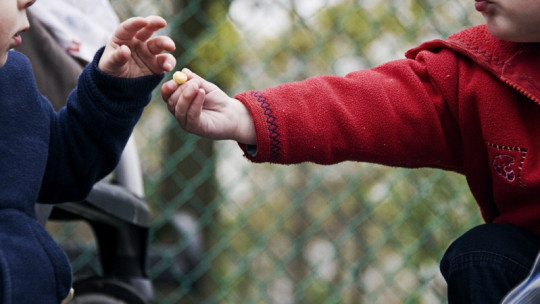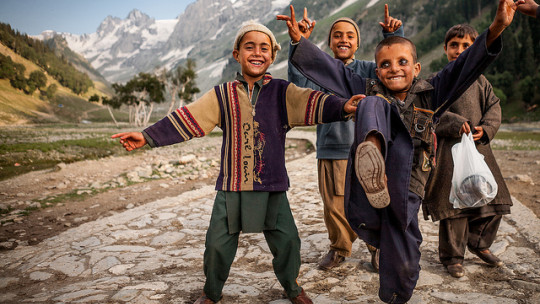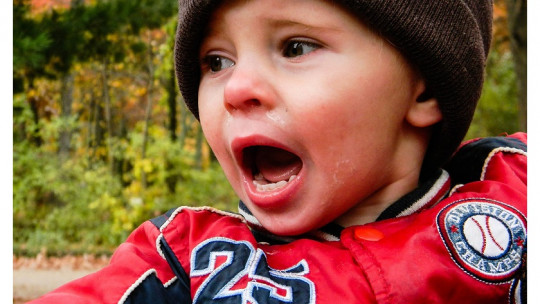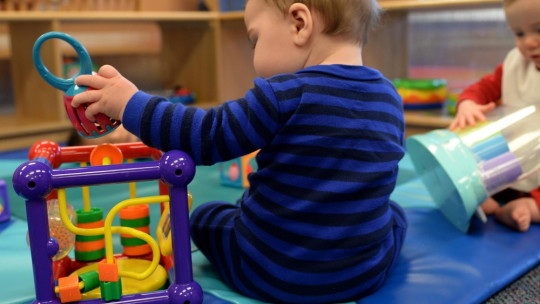Even before receiving moral education children already demonstrate behavior similar to prosocial .
Altruism: the development of the prosocial self
In this article we are going to understand what altruism is and how we develop our prosocial behavior throughout life.
Origins of altruism
At 12-18 months they sometimes offer toys to their peers. At approximately 2 years old, they show more rationality when offering their belongings when they are scarce. At 3 years old, they show reciprocity by returning the favor.
Regarding origins, there are individual differences, some children show altruistic behavior and others do not. This may be due to:
Developmental trends in altruism
Acts of self-sacrifice are uncommon in toddlers and preschoolers. It is from primary school onwards that prosocial attitudes begin to be shown.
There are no sex differences in prosocial behavior.
Social and affective cognitive contributions of altruism
There is a causal link between an emotional and social perspective. There are two prerequisites: empathy and social moral reasoning (thinking shown by people who decide to help other people, share with them or console them even though these actions could be costly for themselves).
Prosocial moral reasoning
Much research has focused on a child’s reasoning on prosocial issues and its relationship with altruistic behavior.
At first the concern falls on their own needs, but as they mature, they tend to be more sensitive to others.
For Eisenberg the increasing capacity for empathy influences prosocial reasoning.
Empathy: a caring and important contribution to altruism
According to Hoffmann , empathy is a universal human response that has a neurological basis that can be stimulated or suppressed by environmental influence. Some children may show compassionate empathic activation (feelings of compassion when the other is distressed) or self-oriented distress (feelings of distress when the other is distressed).
→ Socialization of empathy
Parents can encourage compassionate empathic activation:
→ Age trends in the relationship between empathy and altruism
The link between empathy and altruism is stronger in pre-adolescence, adolescence and adulthood, and less so in preschool and primary school. Younger children lack the skills to consider the point of view of others.
→ Felt Responsibility Hypothesis
Theory that maintains that empathy can stimulate altruism since it encourages us to reflect on altruistic norms, which generates the obligation to help others who are distressed.
Cultural and social influences of altruism
→ Cultural influences
The most altruistic societies are those that are less industrialized and less individualistic. Although societies differ in the importance they give to altruism, they all apply the norm of social responsibility (everyone owes it to those who need help). Adults persuade children to care about the well-being of others in different ways.
→ Altruistic reinforcement
Children reinforced for altruistic behaviors are less likely to engage in prosocial behaviors once the rewards stop. Verbal reinforcement from a caring person whom children respect does stimulate altruism in this case.
→ Practice and preaching of altruism
Social learning theorists assume that adults who encourage altruism and practice what they predict influence children in two ways:
Who raises altruistic children?
Altruistic people are those who have enjoyed a warm and affectionate relationship with their parents. Total activists have had parents who practiced what they preached, while partial activists have had parents who only preached.
Discipline based on affection and rationalization has a positive effect and brings better results









